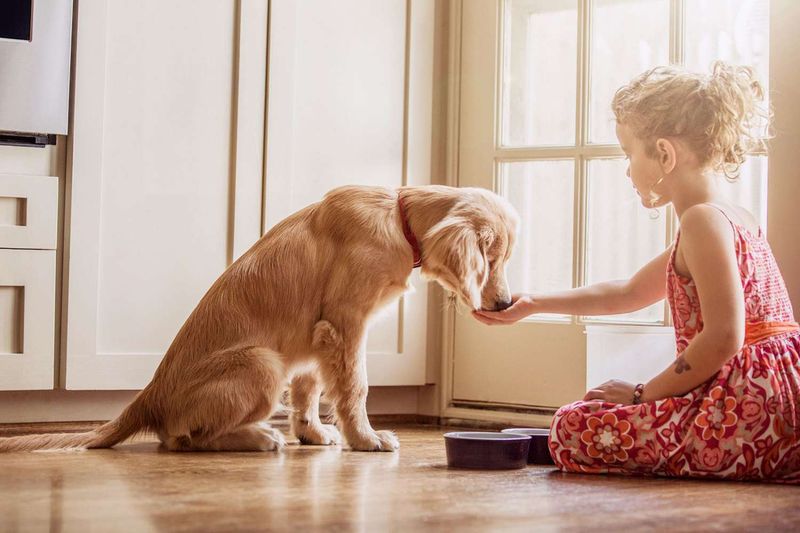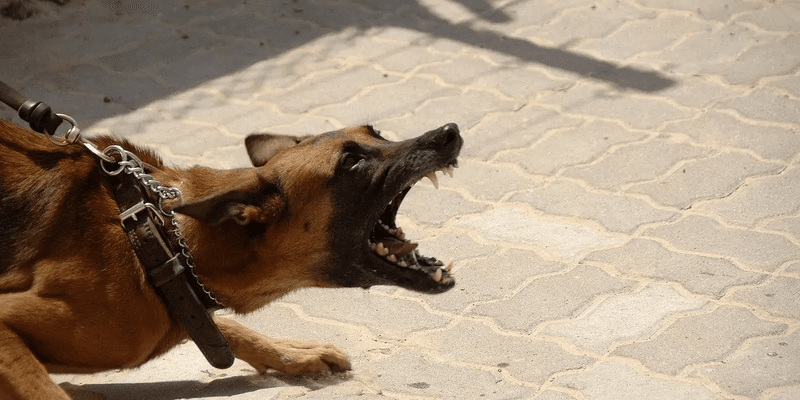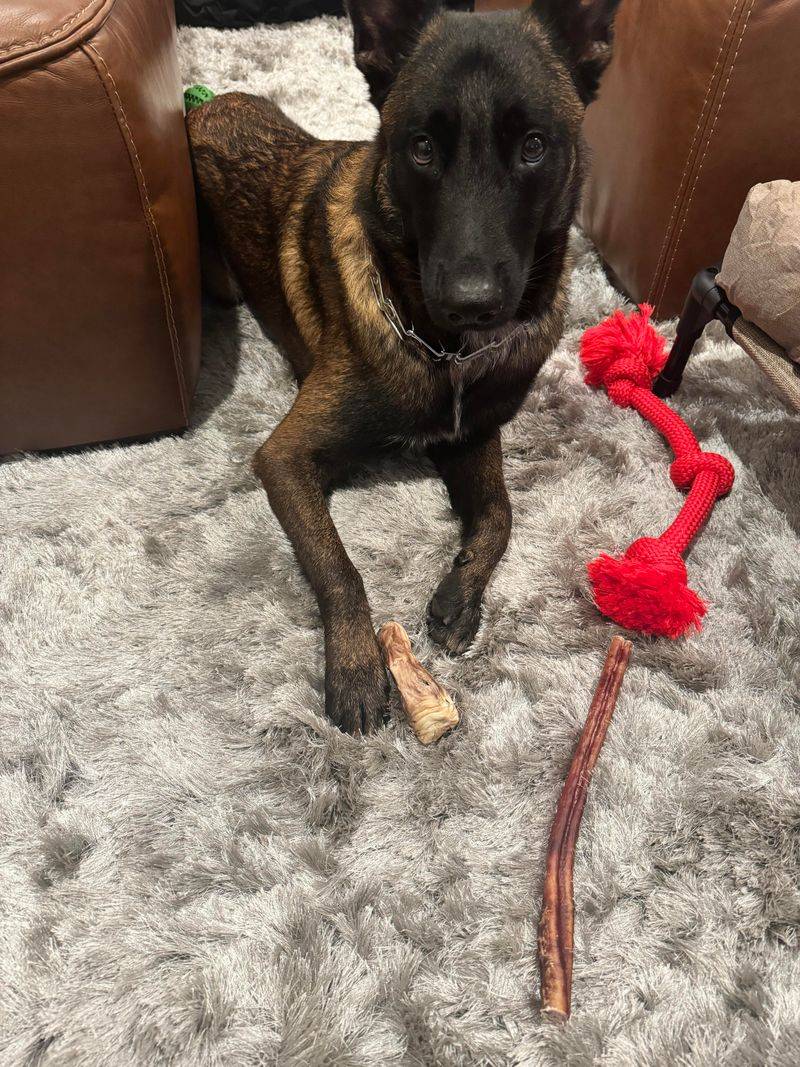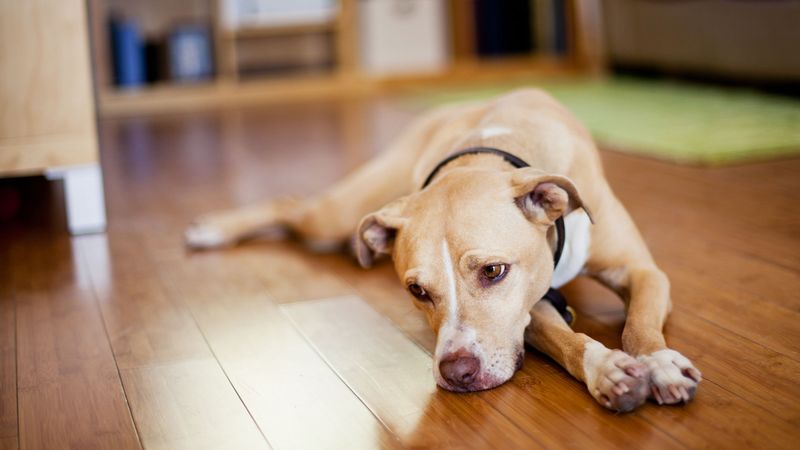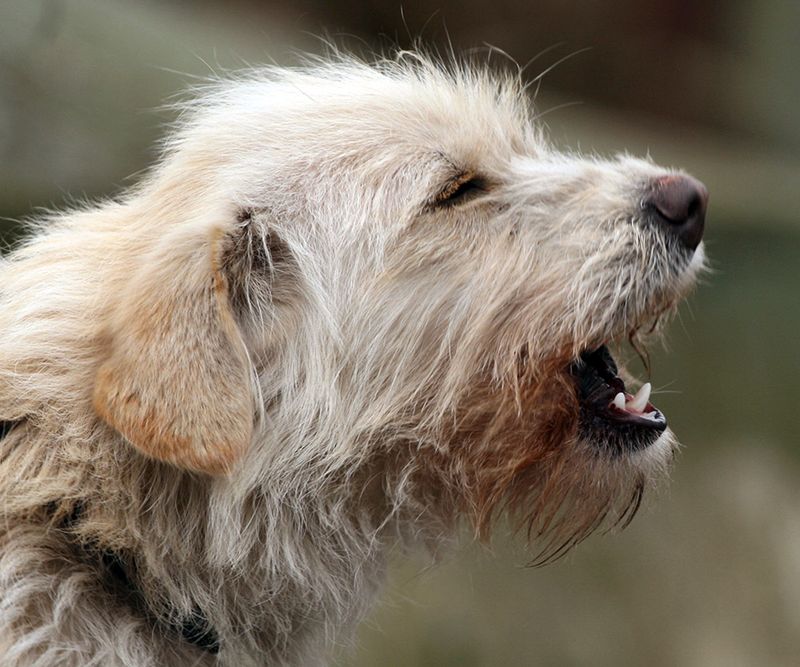Dogs are known for their loyalty and joy, but like humans, they can sometimes feel unhappy. Recognizing these signs can help you address any issues your furry friend may be experiencing. In this blog post, we’ll explore twelve distinct signs that may indicate your dog is feeling down or stressed. Understanding these indicators will not only strengthen your bond but also ensure your dog’s well-being.
Lack of Appetite
When a typically ravenous dog suddenly loses interest in food, it might be a sign of unhappiness. This lack of appetite can manifest abruptly, leaving their once-favorite treats untouched. In some cases, this could be linked to stress or anxiety, especially if there have been recent changes in the household.
Loss of appetite might also be related to medical issues. It’s essential to monitor eating habits and consult a vet if the behavior persists. By identifying the cause, you can take steps to bring back your dog’s zest for meals.
Excessive Sleeping
While dogs enjoy their naps, excessive sleeping can be a red flag for unhappiness. A change in sleeping patterns, like sleeping more than usual, might indicate emotional distress.
This could be due to boredom or lack of stimulation in their environment. A dull routine might lead to sleep being a form of escape.
To counteract this, introduce engaging activities or interactive toys to rekindle their enthusiasm. Observe your dog’s behavior and consult with a vet if you notice persistent lethargy.
Withdrawal from Social Interaction
If your dog loves company but suddenly prefers solitude, it might be feeling unhappy. This withdrawal from social interactions can be disheartening for both the dog and its owner.
Changes in family dynamics, such as a new pet or baby, might contribute to this behavior. Dogs are sensitive to their surroundings, and alterations can impact their mood.
Reintroduce social activities gradually and be patient. Sometimes, a bit of gentle encouragement goes a long way in rekindling their social spirit.
Increased Aggression
Aggression in dogs can stem from feelings of fear or insecurity. An unhappy dog might react aggressively as a defense mechanism, especially if it feels threatened by unfamiliar situations or people.
This behavior can be unsettling, especially if your dog is usually friendly. Understanding potential triggers, like new environments or changes in routine, is crucial.
Consider consulting a professional trainer or behaviorist to address these challenges. A calm and consistent approach can help your dog feel safe and secure again.
Excessive Licking or Chewing
When a dog starts licking or chewing its paws excessively, it could be a sign of stress or unhappiness. This behavior often becomes a coping mechanism, offering temporary relief from anxiety.
Look for any changes in the dog’s environment that might be causing stress. Addressing these issues can help alleviate the compulsive behavior.
Providing alternative activities, such as puzzle toys, can also divert their focus. If the behavior continues, consulting a vet might be necessary to rule out medical causes.
Loss of Interest in Play
A sudden lack of interest in playtime can be disconcerting. Dogs thrive on play, and disinterest might be a sign of unhappiness or boredom.
Observe any factors that might have led to this change, such as a decrease in interaction or routine. Introducing new toys or games can stimulate their curiosity and reignite their playful nature.
Spending quality time with your dog can also strengthen your bond. If the lack of interest persists, it might be time to seek professional advice.
Restlessness or Pacing
Restlessness or pacing can be a physical manifestation of an unhappy dog’s internal unease. This behavior often signals anxiety, a common cause of discontent in dogs.
Frequent pacing without a specific reason might indicate underlying stress. Identifying triggers, like loud noises or changes in environment, can help address the root cause.
Create a calming space for your dog and consider behavioral training techniques to ease their anxiety. Consistent reassurance can make a noticeable difference.
Excessive Barking
Barking is a dog’s natural form of communication, but excessive barking can indicate unhappiness or frustration. This might occur when a dog feels ignored or lacks mental stimulation.
Identifying the root cause of the barking is essential. It could be due to external stimuli or a lack of proper outlets for energy.
Offering training and interactive play can help channel their energy positively. If the behavior continues, seeking guidance from a behaviorist could be beneficial.
Destructive Behavior
Destructive behavior, like chewing furniture or digging, often hints at an unhappy or bored dog. This can stem from pent-up energy or lack of engagement during the day.
Providing mental and physical stimulation, such as daily walks or challenging toys, can redirect this energy positively.
Understanding the triggers for this behavior is crucial. If your dog continues to act destructively, it might be wise to consult a professional for further assistance.
Ignoring Commands
When a dog suddenly starts ignoring commands, it might be a sign of unhappiness or stress. This behavior can be frustrating for owners but is often the dog’s way of expressing discontent.
Changes in the household or routine can contribute to this issue. Reinforcing training with patience and positivity can help re-establish communication.
Using rewards and praise to encourage obedience can also be effective. If the behavior doesn’t improve, professional advice may be necessary.
Frequent Whining or Whimpering
Whining or whimpering is a common sign of an unhappy dog. This vocalization can indicate discomfort, anxiety, or a need for attention.
It’s crucial to observe when this behavior occurs to understand potential triggers. Changes in environment, routine, or health can all contribute to this issue.
Providing comfort and reassurance can sometimes alleviate their distress. If whining persists, consulting a vet might be necessary to rule out health concerns.
Loss of Coat Shine
A dull coat can reflect a dog’s overall well-being. An unhappy dog might experience changes in its coat’s condition due to stress or nutritional deficiencies.
Observing their diet and ensuring a balanced intake of nutrients can make a noticeable difference. Regular grooming and care can also improve coat health.
If the coat’s condition doesn’t improve, it might be worth consulting a vet to explore underlying health issues. A healthy coat often mirrors a happy dog.

